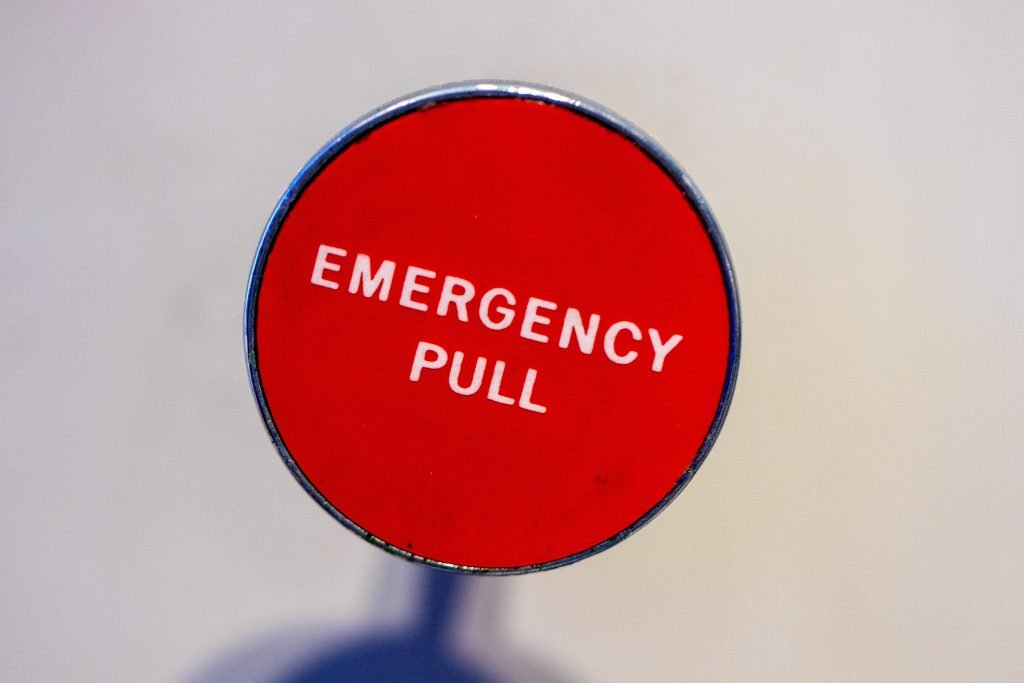Nov
2022
Investing Basics: DIY Investing Rules OK? Part 1
DIY Investor
14 November 2022
Typically we underestimate how much we need to save. Here are some investment-based rules of thumb to help us plan and track progress – by Christian Leeming
They may be approximate but that’s usually good enough and allows us to see where our perception is well wide of the mark. Typically, we underestimate how much we need to save so here are eight rules of thumb to help us reach our goals.
The sixty-something rule
The Sixty Something rule indicates at what age you should have enough money to stop working. You need to start with your savings rate, which is the difference between what you earn after tax and what you spend as a percentage. This is then subtracted from 60. Say you earn £30,000 and manage to save £6000 a year, then your savings rate is (6,000 ÷ 30,000) x 100 = 20%. Then take the 20 away from 60 and you’ll have to work for = 40 years. If you managed to save another £300 a year, then that brings the rate to 21% and you can stop work a year earlier. This rule starts to break down when the savings rate gets unrealistically high around 40% it ignores and windfalls (or unexpected costs).
Win it, then one it
Somebody has to win the lottery but more probably you will get a bonus or an inheritance. If you happen to have been particularly jammy, use 1% to indulge yourself now, ‘yes go right ahead but only 1% mind’. Put the rest somewhere you won’t be tempted to dip into and leave it there for six months. A high-interest notice account might be best. Six months on, did you miss the money? Or maybe you still want to buy that new car? Either way, you gave yourself time to research a purchase and won’t experience buyer’s remorse.
The 72 rule to double your money
This tells you how long it will take for your money to double. Divide 72 by the interest rate or rate of return you are using or earning, and it gives you the number of years it will take for your money to double in value. Say the rate of return is 6% then your money will double in 12years (72÷6=12). Mathematically it should use 69.3 but 72 is good enough and much nicer to work with.

Three-month emergency cash rule
Having three months of emergency cash means being able to carry on meeting your expenditure if your main source of income disappears. It’s almost universally used as a benchmark by financial planners. The important thing is to allow you to carry on and not force you to sell off your investments or dip into your savings.
It doesn’t mean your current account has to hold it all. Two, maybe four weeks’ worth should be fine in your current account, with the rest in higher interest or notice accounts. Common sense has to prevail — a couple with children or those in a job where finding another would take time, will need more.
The 10, 5, 3 rule
This is the expected long-term return from equities 10%, bonds 5% and cash 3%. It hasn’t quite worked out like that since 2008 but it’s a long-term view over twenty years. It can be combined with the rule of 72 so we can see how long it takes for each asset class to approximately double in value.
- equities – 72÷10= 7 years
- bonds – 72÷5= 14 years
- cash – 72÷3= 24 years
If you have a target amount to achieve over twenty to forty years, it shows why cash is probably not going to make it. Equities are fastest so should be able to reach higher targets but come with greater risk. In the 10,5,3 rule, the real returns would be reduced by inflation.
The 100 minus your age rule
The 100 minus your age rule is another asset allocation rule— 100 minus your age gives you the percentage in equities with the balance going into low-risk bond assets.
For example, at age 20 you need 80% equity 20% bonds. For age 50, equity comes out at 50% and bonds 50%. The idea is that as you get older you move out of equities and into lower-risk bonds. Advisers call this de-risking or life-styling.
Received wisdom is that in later life having a high proportion of equities creates a hazard to income if the short-term value of the portfolio suddenly moves up or down in value as the fund can’t recover — it’s like being forced to sell equities when markets are down — you don’t want to do it.
Thankfully, managing your pension is now much more sophisticated with short, medium and long-term portfolios the norm rather than having all the money in one portfolio. Medium and long-term pots can, therefore, have higher exposure (see the 72 and 10, 5, 3 rules).

The 4% rule
The 4% rule is a retirement income rule. The theory goes that if you take no more than 4% of your portfolio as income then it will last at least 30 years. The origins of this rule are based on equity and bond returns in a 60% equity 40% bond portfolio. The income doesn’t have to stay static; the amount taken can safely be increased by inflation ie index linked.
The 4% rule has worked well for advisers and their clients but is now considered too simple and advisers use cash flow models and blend income from different sources to prevent depletion. The safe 4% rate could reduce if interest rates stay low as they have since the global financial crisis, causing bond returns to also stay low.
Some people will continue to work or maybe receive windfalls so sticking to 4% may see them experience an unnecessarily frugal retirement. The downside is that those having a one-off splurge, especially early on in retirement, can ravage the portfolio to the point where it cannot recover. It’s a bit like plants being hit by a late frost — they never recover no matter how good the summer.
The 8 to 18 fund rule
This is the manageable number of funds in your portfolio. If the number of funds is greater than 18 then it can get difficult for an investor to keep track of what’s going on — professional portfolio managers tend to run at about 50 fund holdings but are on the case 24/7 and have a supporting team. Another problem in holding too many funds is that overlap can occur.
Funds may well hold the same underlying investment so your portfolio can become concentrated in an underlying stock without you realising. Most platforms have online tools to probe your portfolio eg Hargreaves Lansdown’s Portfolio Analysis or the stand-alone Morningstar X-Ray tool.
All too often I see portfolios where the investor buys into this year’s hot ISA fund and picks another the following year. The portfolio can mutate into an unwieldy collection of mismatched funds. Having too many funds can make you well diversified but at a high cost —you may as well have a cheap mixed asset fund or trackers.
Shares may have found their way into your portfolio from privatisations or been given to you by your employer. They may have shot up in value and now dominate your portfolio but could come down like a stick. Consider selling some off and buying something else.
Have a good look at your portfolio and give it a spring clean by switching out of the poor performers. The Bestinvest ‘Spot the dog’ of once-popular funds is handy but most platforms can rank your fund. Alternatively, if you don’t have time to manage your portfolio (be honest), then it’s worth considering a risk-managed multi-asset fund or having a robo adviser do it all for you.
The thirty-minute rule
Now when did you last check your portfolio? I mean properly. Here’s another rule to try: think of your intended retirement age, double it, add sixty, divide the answer in half, and subtract the number you initially thought of. The answer is thirty which is the number of minutes needed to check your portfolio.
Leave a Reply
You must be logged in to post a comment.